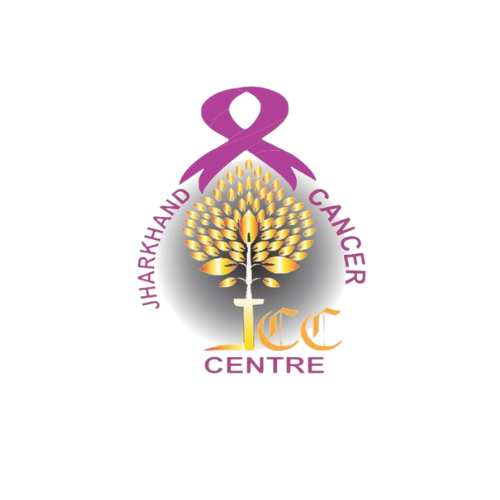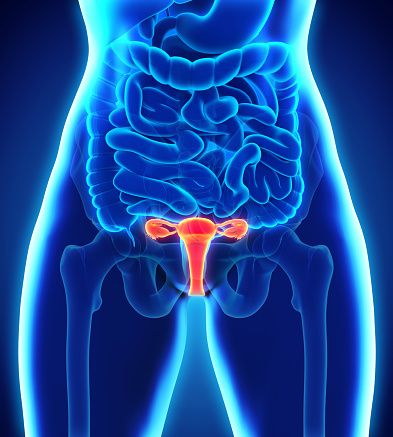What are gynaecological cancers?
Gynaecological cancers are cancers that start in a woman’s reproductive organs. The main types include cervical, ovarian, uterine (endometrial), vaginal, and vulvar cancers. Each has different risk factors, symptoms, and treatment options. Many are treatable and curable if detected early.
Common signs & symptoms
Warning signs may include abnormal vaginal bleeding (especially after menopause or between periods), unusual discharge, pelvic pain or pressure, bloating, frequent urination, changes in bowel habits, or a lump/ulcer in the vulva. These should not be ignored—consult your doctor promptly.
Risk factors & prevention
Risk factors vary: HPV infection (for cervical/vaginal/vulvar cancer), obesity and unopposed estrogen (for uterine cancer), and family history or BRCA mutations (for ovarian cancer). Preventive steps include HPV vaccination, regular Pap smear/HPV testing, maintaining healthy weight, and genetic counseling/testing where indicated.
Screening & early detection
Cervical cancer can often be prevented through HPV vaccination and detected early with Pap smear and HPV testing. Routine gynecological exams are important. Women with high-risk family history may need specialized screening for ovarian or endometrial cancer. Early detection significantly improves outcomes.
How is it diagnosed?
Diagnosis may involve pelvic examination, imaging (ultrasound, CT, MRI, PET-CT), biopsy of suspicious tissue, and lab tests. For ovarian cancer, tumor markers like CA-125 may be assessed. Pathology confirms the cancer type and guides staging, which is crucial for planning treatment.
Treatment overview
Treatment depends on the type and stage. Options include surgery (hysterectomy, oophorectomy, lymph node dissection), radiation therapy, chemotherapy, targeted therapy, hormonal therapy, or immunotherapy. A combination may be used. Supportive care, including nutrition and counseling, plays an important role throughout treatment.
Living well during & after treatment
Women can often continue daily life with guidance. Fertility preservation discussions are important for younger patients. Lifestyle measures—healthy diet, exercise, emotional support, and follow-up visits—help in recovery and long-term well-being.

